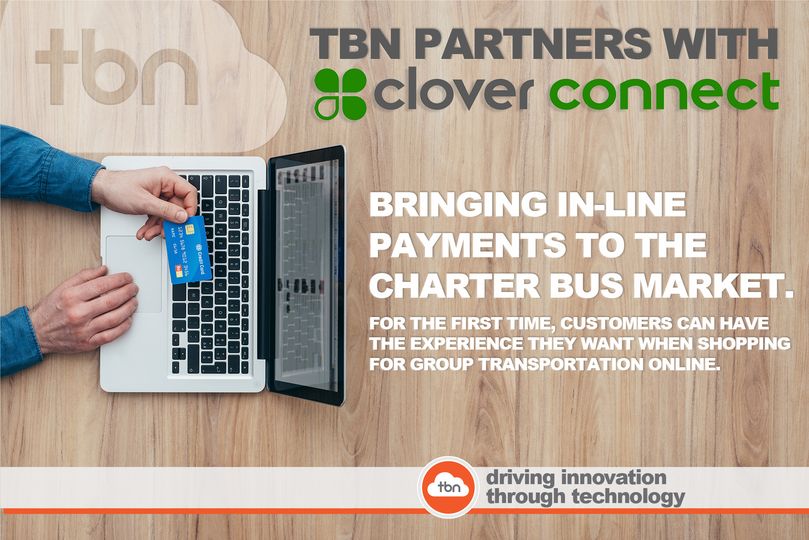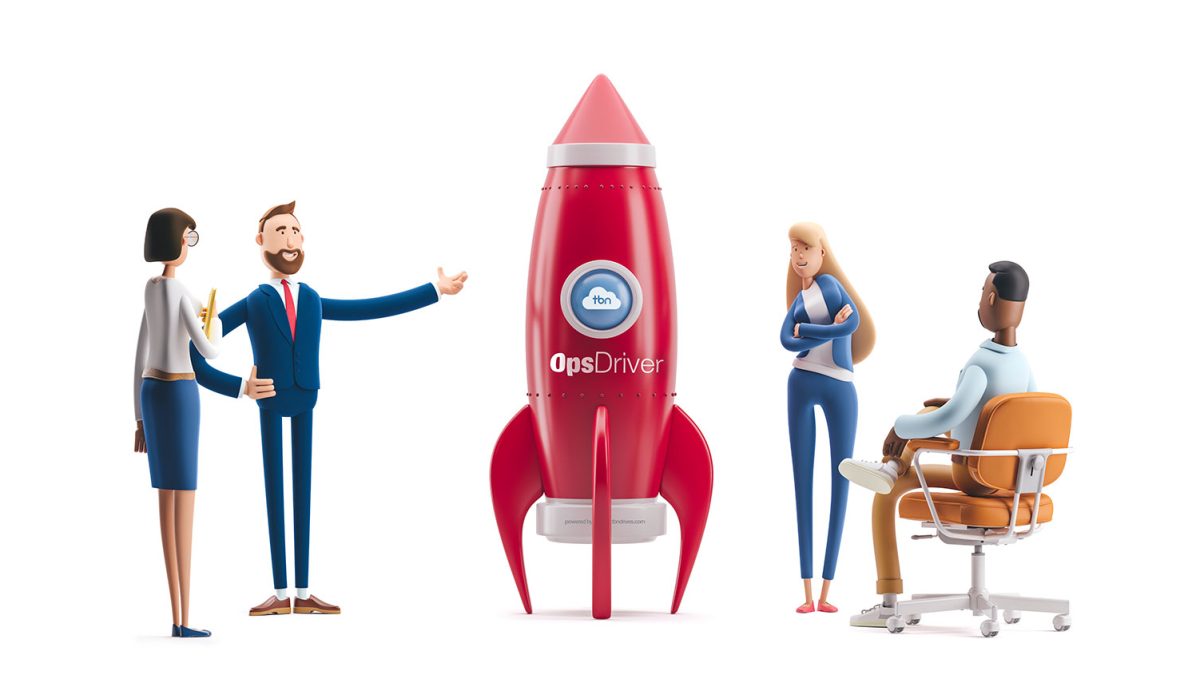
Hurdles to Technology
September 9, 2022
TBN Partners with FiServ and Clover Connect
September 27, 2022Tips for successful deployment of new technology
You see a new technology, and you can’t wait to get it launched for your company. So you sign up, get started, and even deploy it across your company… but you are met with lackluster adoption by your team, pushback on learning something new, and after a few months, you simply give up and go back to the path of less resistance. If this sounds familiar or a worry that lurks in the back of your mind when looking at new solutions, read on!
Choosing a technology solution to deploy is the easy part. Solutions like SalesDriver and OpsDriver provide a clear advantage over legacy solutions and significantly benefit a business’s bottom line. They are inexpensive and easy to deploy, yet getting to that stage isn’t a guarantee of success… why not?

We will discuss three critical hurdles to successful deployment in this article and what to do to ensure successfully transitioning to new and better technology.
Apathy or, worse, downright defiance.
Teams in the Motorcoach industry are stretched thin. The idea of learning “one more thing” or having to change even in the slightest can drive unexpected behavior from your most loyal employees. Better is, by its very nature, different. And different can be scary… or it can be exciting.
What to do to combat this stage of resistance
The most successful way to address this stage is communication before making a decision. Most resistance from teams we see is when a solution has been “shoved down their throat.” But with a bit of upfront work here, enrolling them in the decision and helping them see the benefits on the other side of the learning curve will help them get over the hump. It is also vital that they understand what this will do for the company, how it will make their job easier and more effective, what tools it puts at their disposal, and introduces them to the people who will be there to support them in the transition. When they know they have support, communication, and understanding of the vision, they will be less likely to try to shut down the process from the beginning.
“Help me; I’m drowning.”
The adage “throw them in the deep end and see if they can swim” may not work anywhere, but it certainly doesn’t work as a strategy for successfully deploying new technology. One of the things we see that trips up adoption in even high-performing teams is when the team feels that it has been pushed into a solution they don’t know how to use, the company isn’t there to help them, and that they don’t have the tools to learn how to do what they need to do. This inevitably leads to frustration and pushback that drives them back to their old ways because, at least there, they know how to do things.
What to do to combat this stage of resistance
Management plays an essential role in successfully deploying, even more so in this phase. Managers and owners need to be involved in understanding what their team is experiencing and in helping to keep the post-deployment vision alive. This can include checking in with the team, asking about their experience, looking for hurdles that need to be cleared, verifying that they have the support and training they need to be successful… and jumping in when they don’t. One of the keys to success here is understanding the role of training. Training isn’t a one-time thing. Successful training happens as the user needs it to accomplish the task they are trying to do. This means that while some upfront training may be necessary, that hours or days of training stacked together without the actual need for that in their daily course of business leads to poor retention and frustration down the line. Solutions like TBN’s real-time training library put training in their hands, on-demand, which leads to better retention. Combining that with modern and familiar user interfaces and getting over the training hurdle becomes easier.
Lack of accountability
User adoption is guaranteed to suffer and most likely fail under one circumstance- a lack of accountability. Owners and managers make decisions that are in the best interest of their company. They hand those tools off to staff to deploy and use and do their best to support them in that effort. But failure is still possible if the effort stops there, even with the best of intentions. Accountability must be built into deployment.
What to do to combat this stage of resistance
We see one fatal flaw in all deployments that fail. There is a foundational lack of accountability when employees start slipping back into old habits. Even when an employee knows that there is a bright future, on-demand training, and plenty of support, there is a gravitational pull back to what they have “always done.” This pull exists regardless of how bad the old solution is because they know it and know how to do what they need to do in it. We have seen this pull back to legacy software providers, excel spreadsheets, and even whiteboards and paper. On the surface, no one in the organization believes that the old ways are indeed better, but they are comfortable, which drives the behavior. Here the job of owners and managers is critical. They must set goals and expectations, create firm expectations, and then hold their team accountable to that plan.
What’s next?
New technology shouldn’t be something that you are afraid of. On the contrary, it should make your life easier, help you make more money, and give your customers what they want. It should also be intuitive, familiar, and easy for employees to embrace. But even the best solutions are, as we said above, different from what is being done currently… And different can drive resistance.
Enroll your team, support your team, and hold your team accountable, and your next deployment will be successful!
If you are ready to deploy a better sales and management tool for your operation with a company that is there to help you be successful in putting it to work… where here to help!



